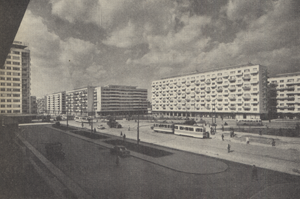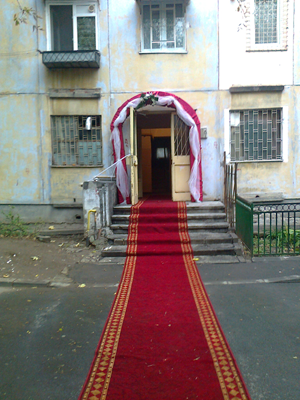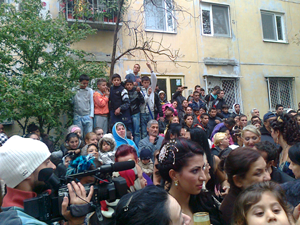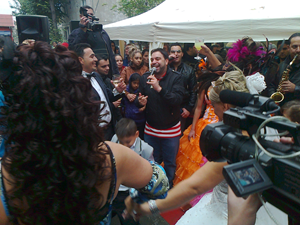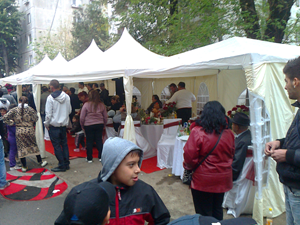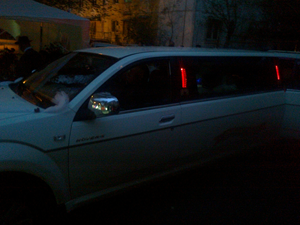Introduction
Margaret Beissinger
Ch. 1:
Music, Dance, Performance: A Descriptive Analysis of Manele
Anca Giurchescu & Speranța Rădulescu
Ch. 2:
A History of the Manea: The 19th to the Mid-20th Century
Costin Moisil
Ch. 3:
How the Music of Manele is Structured
Speranța Rădulescu
Ch. 4:
Romanian Manele and Regional Parallels: "Oriental" Ethnopop in the Balkans
Margaret Beissinger
Ch. 5:
Actors and Performance
Speranța Rădulescu
Ch. 6:
The "Boyar in the Helicopter": Power, Parody, and Carnival in Manea Performances
Victor Alexandre Stoichita
Ch. 7:
Manele and the Underworld
Adrian Schiop
Ch. 8:
Village Manele: An Urban Genre in Rural Romania
Margaret Beissinger
Ch. 9:
Turbo-Authenticity: An Essay about "Manelism"
Vintilă Mihăilescu
Epilogue
Speranța Rădulescu
How the Music of Manele is Structured
Speranța RădulescuThe fourth chapter is a discussion of the ways in which manele, as oral musical compositions, are created. Speranța Rădulescu identifies and describes here two of the most significant compositional techniques that maneliști have adopted from the rural and urban musics of their forefathers: absorption of "the New" and recuperation and renewal of "the Old". Rădulescu explores how homogenization, diversification, and stylistically standardized heterogeneity characterize the three stages of manea development and argues that these stages follow more or less historical changes in the demographic and political-economic development of Bucharest, the capital of Romania and source of most 20th-century manele. An examination of several variants of Cenuşăreasa (Cinderella), a manea that has circulated for three decades, is also included as an illustration of how manea music is structured, in particular its synchronic and diachronic transformations.
EXAMPLES:
Example 3.1 Manea: Cenuşăreasa [Cinderella]. Transcription by Speranţa Rădulescu. www.trilulilu.ro/muzica-diverse/azur-cenusareasa-origir, accessed June 2013. The transcription of this manea was completed according to an audio version that was replaced online in the meantime by another one recorded in the same year: 1985.
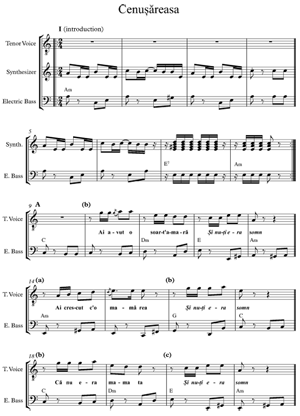
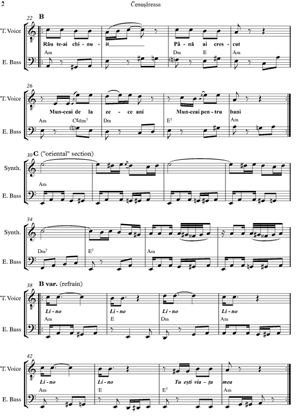
Example 3.2 Lăutar song: Mahala şi ţigănie [Slum and Gypsydom] (fragment). Musicians: Vasile Năsturică, violin; Ştefan Ionel Ioniţă, accordion; Gheorghe Răducanu, medium cimbalom; Gheorghe Petrescu, double bass. The piece is taken from the record Muzică lăutărească cu taraful Vasile Năsturică [ Lăutar music with Vasile Năsturică’s Ensemble], Al. Tzigara Samurcaş Foundation, Ethnophonie series 019 (2009).
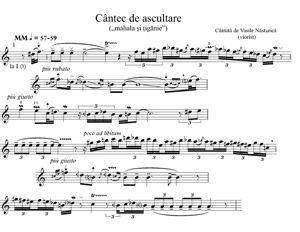
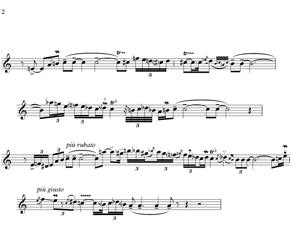
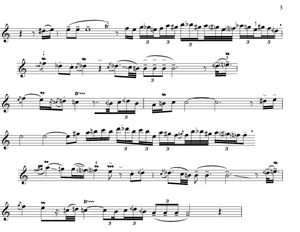
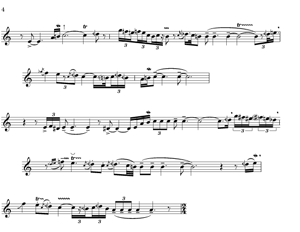
Example 3.3.a Old Bucharest. Mahalaua Antim [The Antim slum] by Ludwig Angerer published in Cele mai vechi și frumoase panorame fotografice ale Bucureștilor [The oldest and most beautiful photographic panoramas of Bucharest] by Emanuel Bădescu and Radu Oltean, Art Historia Publishing House, Bucharest 2008 (fig.1 pg.5).
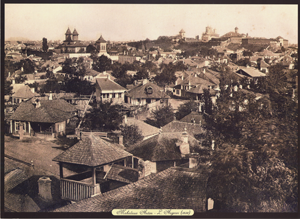
Example 3.3.b Old Bucharest. The University and Șuțu Palace by Carol Popp de Szathmary. In Cele mai vechi și frumoase panorame fotografice ale Bucureștilor [The oldest and most beautiful photographic panoramas of Bucharest] by Emanuel Bădescu and Radu Oltean, Art Historia Publishing House, Bucharest 2008 (fig. 7 pg. 11).
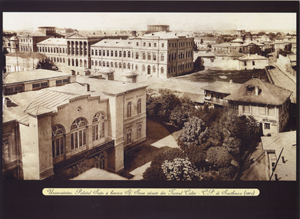
Example 3.4.a Bucharest blocks of flats from the communist period: Mihai Bravu Avenue. In Istoria Bucureştilor din cele mai vechi timpuri și până în zilele noastre [The history of Bucharest from ancient times to the present] by Constantin C. Giurescu, Editura pentru literatură, Bucharest 1966 (fig. 146 pg. 225).
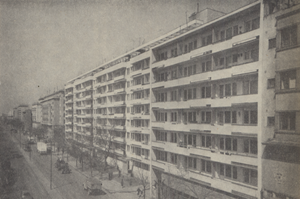
Example 3.4.b Bucharest blocks of flats from the communist period: Piața 30 decembrie (December 30th Square). In Istoria Bucureştilor din cele mai vechi timpuri şi până în zilele noastre [The history of Bucharest from ancient times to the present] by Constantin C. Giurescu, Editura pentru literatură, Bucharest 1966 (fig.150 pg. 228).
